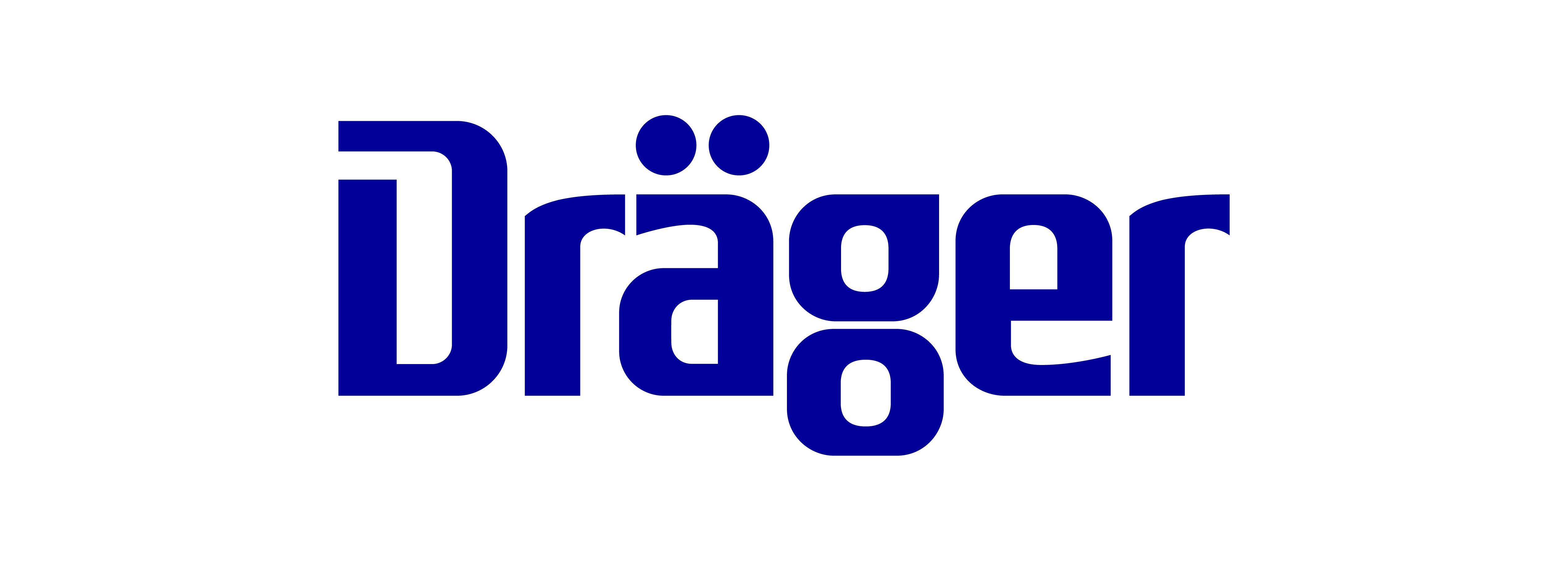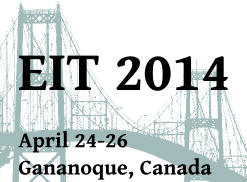
  
 |
Home
Conference Program
−>Thurs (24 Apr)
−>Fri (25 Apr)
−>Sat (26 Apr)
Proceedings
Registration
Workshop Registration
Contact
Workshops
Venue
Travel
Visa Requirements
Photos
Call For Papers
Submissions
Call For Workshops
EIT conferences
What is EIT?
|
|
Pre-conference Workshops:
Please register for pre-conference workshops
here.
| 22 April
| EIDORS Workshop
| | 8:30 − 16:30
| Andy Adler, Bartek Grychtol
| |
|
- Tutorials on EIDORS software
- Help implementing and debugging EIDORS-based EIT analysis
- Specific topics on request
| | Target Audience:
| Everyone with some programming experience
| | Equipment:
| Bring a laptop with a copy of Matlab (version≥7.0)
|
| 23 April
| Imaging fast neural activity in the brain with EIT
| | 9:00 − 12:00
| Kirill Aristovich, Tom Dowrick, David Holder
| |
|
Currently, no technique can image functional cortical connectivity over milliseconds
throughout the whole brain. EIT can image neural activity during neuronal depolarization,
as impedance decreases due to the opening of ion channels. Recently, in our group in UCL
London, we have been able to collect images of fast neural activity in rat primary
somatosensory cortex (S1) activity, following mechanical whisker stimulation, with a
30-electrode epicortical planar-array. We were able to image simultaneously over a block
of cortex 7x5x2mm with a resolution of 200μm and 2 msec by injecting a 50 μA current
at 1.7kHz. These data were collected by averaging to a repeated stimulus over 8 mins but
more recently we have developed a way to collect images in a single pass. Using tracing
techniques borrowed from MRI, we were able to trace the trajectory of neuronal
depolarization vertically through cortical columns and then laterally throughout the cortex.
Images were validated with intrinsic signal optical imaging and current source-sink density
analysis. Modelling indicates a resolution of <500μm in the rat and 5mm in the human is
feasible throughout the entire brain so that this technique, uniquely, has the potential to
image functional connectivity of cortical and subcortical structures.
This method is now mature and could be translated into use in other labs. We will demonstrate
its use using electronic hardware and a saline filled tank with a photoconductivity test
object simulating these fast impedance changes. The tutorials will be :
- Introduction to fast neural EIT and the physiological background (David Holder) ( 9-10am)
- Instrumentation live demo (Tom Dowrick) (10-11am)
- Imaging and connectivity demo (Kirill Aristovich) (11am-12 noon)
| | Target Audience:
| Any researcher interested in developing this method in their own lab
|
| 23 April
| Lung Physiology for Non-Clinicians
| 10:00 − 12:00
| Jonathan Newell
| |
|
This workshop will provide an
introduction to the physiological events
of ventilation and perfusion of the lung
and the events of the cardiac cycle. It
should be accessible to anyone with
lungs and a heart. It will begin with a
review of the relevant anatomy of the
lungs and heart. It will then go on to
outline the principal physiological
events of breathing and of the heart
beat. It will focus on the properties
that may be detected by EIT, and give
estimates of what size changes in
conductivity may be expected over the
lung fields and in the heart region with
breathing and with the heart beat.
Examples from the Rensselaer and other
groups will be included for
illustration.
| | Target Audience:
| Anyone with a heart and lungs
| |
| 23 April
| Direct reconstruction methods
| | 13:30 − 16:30
| David Isaacson and Jennifer Mueller
| |
|
A workshop dedicated to direct (i.e. non-iterative) reconstruction
methods that solve the full non-linear problem based on complex
geometrical optics and d-bar ideas. Methods based on work of Calderon,
Sylvester and Uhlmann, Nachman, and Mueller, Siltanen and Isaacson
explained in a way accessible to engineers with some background in
calculus, complex variables and differential equations.
| | Target Audience:
| Non-mathematicians
|
| 23 April
| EIT pioneer set workshop
| | 13:30 − 15:30
| Swisstom
| |
|
This session will demonstrate and discuss the Swisstom Pioneer Set.
The intention is to provide a platform for the exchange of experience with the Pioneer Set and related know-how and ideas.
The goal would be to discuss the device usage and to address pertinent questions, needs or problems.
| | Target Audience:
| Owners and those interested in the Swisstom Pioneer Set
|
|


 EIT
EIT
 Conferences
Conferences
 2014
2014
 Schedule
Schedule




